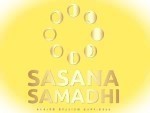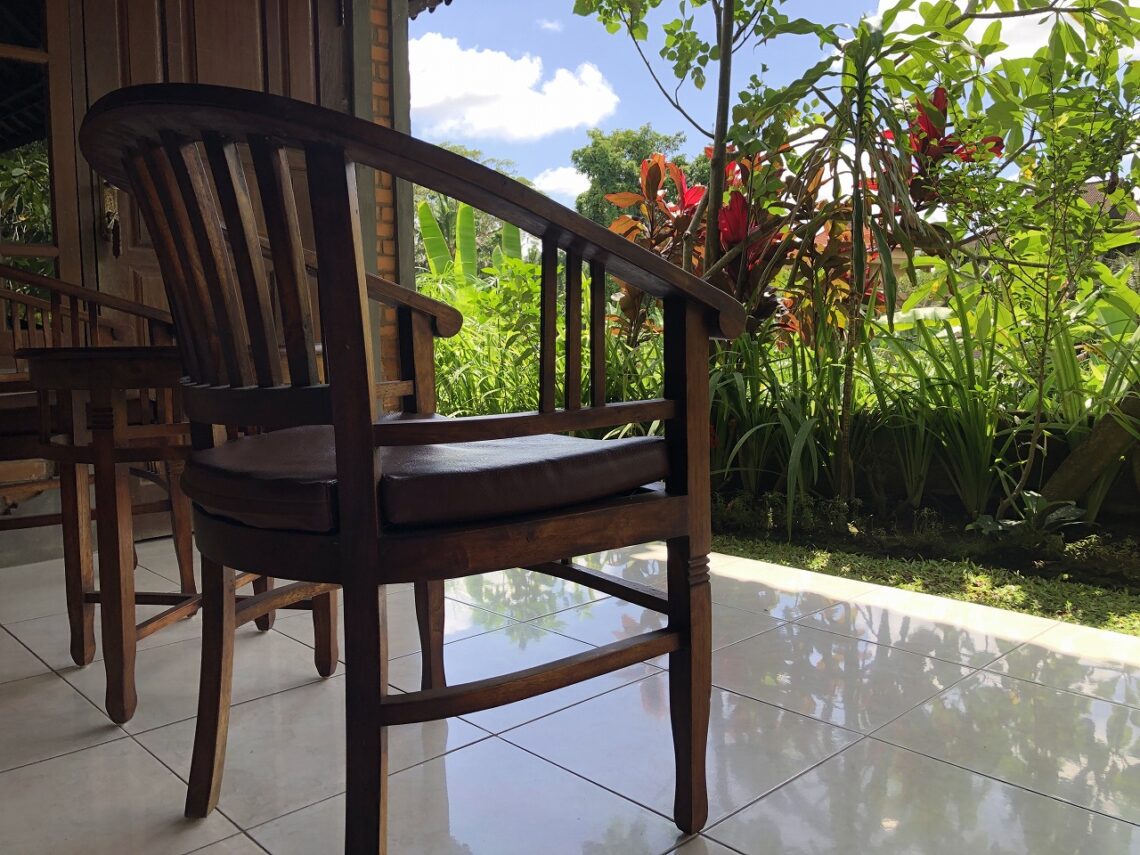Sati: As mentioned in the post on “What is mindfulness“, Sati is “focusing and concentrating on the object of meditation.”
So, when considering the positional relationship of the object, the object can be narrowed down to something inside the body, and something outside the body.
First of all, specifically, what is inside the body is as follows:
“Something that comes into contact with the human sensory organs and is recognized.”
In other words, it is the contact between the information flowing in from the outside world as seen by oneself and the organs that perceive it.
In other words, information from the outside world comes into contact with the sensors of the eyes, ears, nose, tongue, and body, which are equal to the senses of sight, hearing, smell, taste, and touch, and the brain behaves in a way that identifies it from that contact.
Those are objects.
For example, when you breathe, friction occurs in your nasal cavity due to the slight airflow. This friction between the air and the nasal cavity is identified and made into an object. This is the so-called Ana-pana method. This method is the basis of places such as the Pa-Auk Tawya Meditation Forest in Mawlamyine, Myanmar.
Also, breathing with a relaxed body causes the abdomen to expand and contract. The method of identifying and practicing this abdominal expansion and contraction movement is the basis of Mahasi Sasana Yeikta in Yangon.
On the other hand, what is an object outside the body?
Despite I mentioned above, if “anything that comes into contact with the human sensory organs and is recognized” can become an object, then what does it mean to make something that cannot be touched by the human sensory organs into an object?
When we arrive at this proposition, we realize that this is the reason why Buddhism is said to be difficult.
Those with a little more knowledge then tend to turn to philosophical ideas, or put forward new theories based on their own reasoning.
However, these inclinations are wrong way evidently, also those are called far way from middle way.
This is because the method of “pouring Sati into an object outside the body” is repeatedly explained in specific methods in the Buddhist scriptures.

